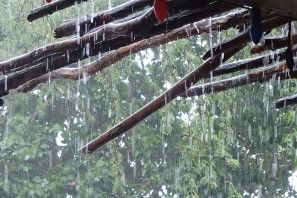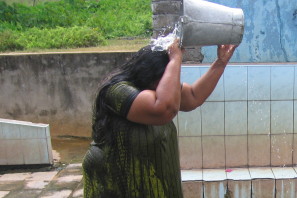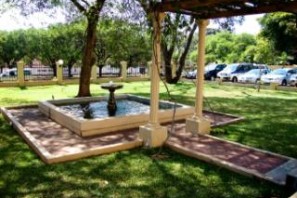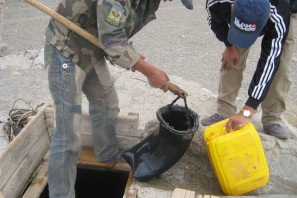About this Collection
What do I want to find out?
Find out what pupils know and think about water security, climate change and the importance of water conservation, and how that knowledge impacts on their own behaviour.
What do I need?
- A selection of photos from around the world (both Majority World and Minority World locations), showing water usage, water wastage, water conservation and extreme weather events which may be linked to climate change.
- Print enough for one image per pair of pupils.
What do I do?
Timing 15 minutes
- Divide pupils into pairs.
- Give each pair one of the photos, or give all pairs the same photo.
- Ask: What can you see? What can you guess? What questions can you ask?
- Record the responses for each photo. Reveal the actual locations and captions and ask pupils if there were any they found especially surprising?
How do I analyse the results?
Collate and group the responses under the four key headings of the Development Compass Rose:
- Count the number of different questions under each heading, and look for balance across all four. You may find more responses fit into the Natural heading or the Social heading, and that they are thinking less about power or economics. Did pupils find it easier to generate questions relating to one heading than another? E.g. were there more environmental/sustainability questions than economic or political/power questions?
- Note down any stereotyped responses in relation to location, do they assume images of drought or flooding are only from Majority World countries? Do they see technology as only being found in Minority World countries?
- Note any responses that make the connection between water use and use of fossil fuels, or impact on climate change. For example, are pupils aware of the amount of energy it takes to purify and pump clean drinking water to homes in the UK?
How do I measure the change?
- Depending on the time between each audit, you can repeat the activity exactly, or use an alternative set of photos based on the same criteria.
- If you prefer, you can use the activity How much water can you save? as an alternative way to measure change.
- Look for a decrease in assumptions such as: that extreme weather events only occur in the Majority World, that water conservation is an exclusively Minority World concern or that it doesn’t rain (or snow) in Africa.
- Compare the analyses and look for a changed, more even, distribution of responses across the four compass headings. Do the pupils now show a deeper understanding of issues relating to water security and conflicts locally and globally? Are they more motivated to support conservation strategies?





